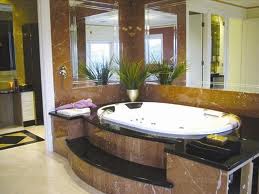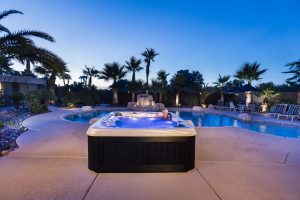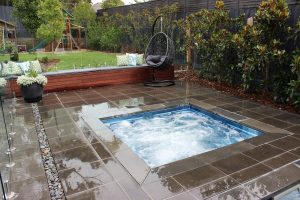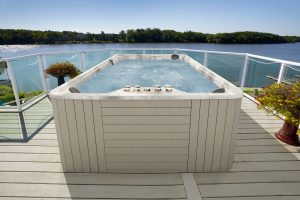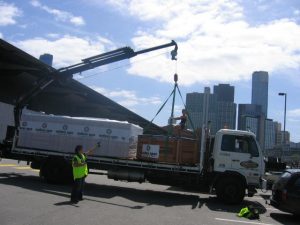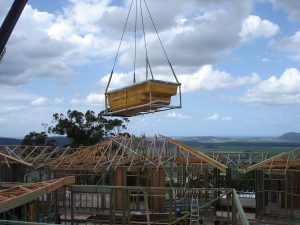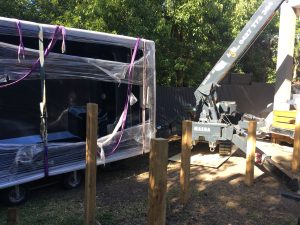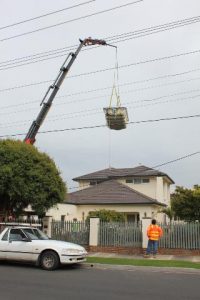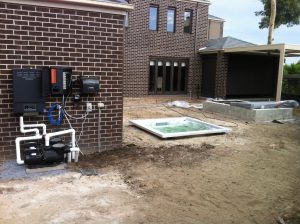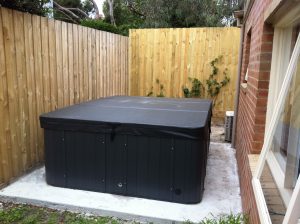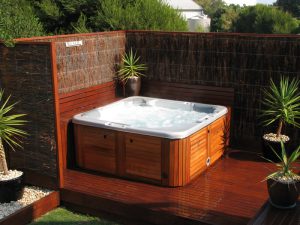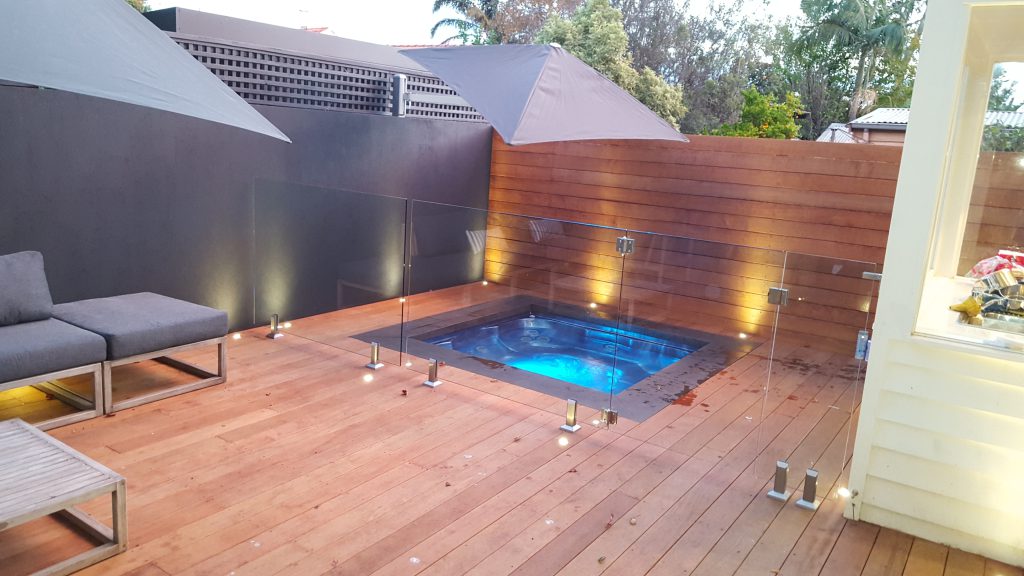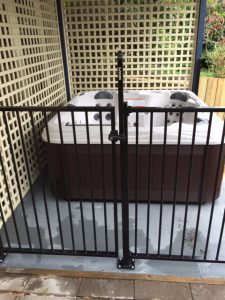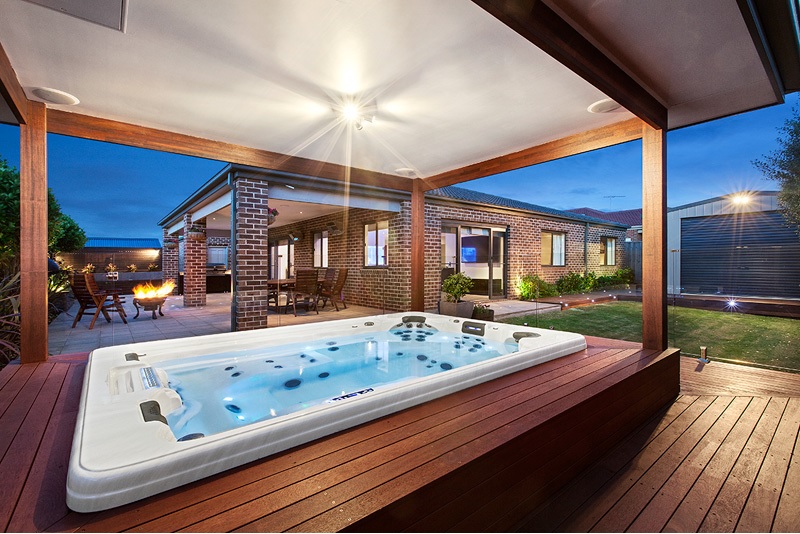Installing a swimming pool yourself can be a cheaper alternative than having a pool builder supply and install one for you, but you must apply to become an Owner Builder.
Will you really want to be an owner builder, with all the regulations, work and time involved?
As an owner builder you must meet all your legal obligations as follows:
1. Regulations – Permits by Owner Builders
Installation of a swimming pool requires a building permit.
A building permit is written approval from a registered building surveyor. It shows that your approved plans and specifications comply with building regulations, and allows building work, such as the installation of a swimming pool, to start.
Owner Builder has the following legal obligations:
- Getting relevant planning permits from your local council
- Being named as the owner builder on building permits
- Getting a certificate of consent from the building practitioners board before carrying out domestic building works over $12,000
- Engaging a building surveyor to issue building permits, conduct building inspections and issue a ‘Certificate of Final Inspection’ on completion of work
- Ensuring that the work meets building regulations, standards and other laws
- Getting relevant planning permits from your local council
- Arranging for building inspections as required by law at specific stages of the building work
- Obtaining domestic building insurance if you sell within six years of obtaining the Certificate of Final Inspection
- Provide a defects inspection report if you sell within six years and six months of obtaining the Certificate of Final Inspection
2. Regulations – Work done by other people
Owner Builder has the following legal obligations:
- Check the licensing or registration of electricians, plumbers, gas fitters, drainers and others who must be registered or licensed
- To use a written appropriate building contract.
- Appoint a building surveyor to issue relevant building permits and confirm the work complies with building regulations
3. Regulations – Work costing over $5000 done by other people
Owner Builder has the following legal obligations:
- Use ‘registered builders’ for individual work over $5000
- By law you must use a written ‘major domestic’ building contracts
- Ensure any person engaged for work over $16,000 provides you with a current certificate of domestic building insurance for the address of the building project.
Special Notes
As an owner builder you need also be mindful that:
- Only one owner-builder permit for a single home and associated work on that property is allowed, once every three years.
- Under the Domestic Building Contracts Act 1995 and Building Act 1993, you are responsible for warranties that apply by law to all domestic building work.
- Warranties transfer to a new home owner for up to10 years from completion of the work.





